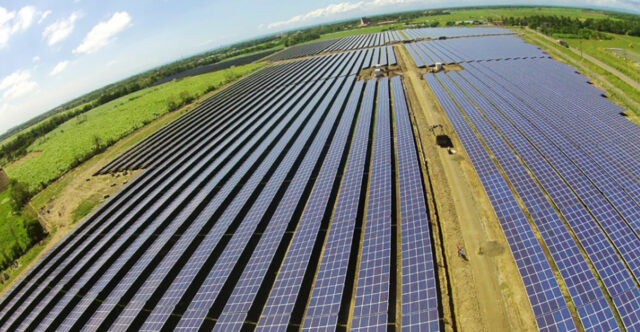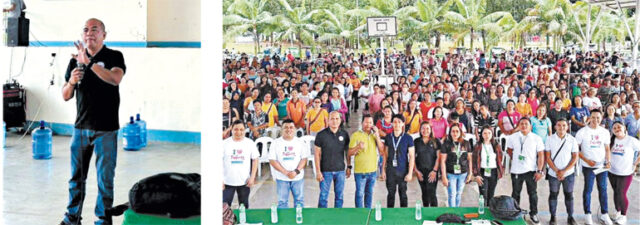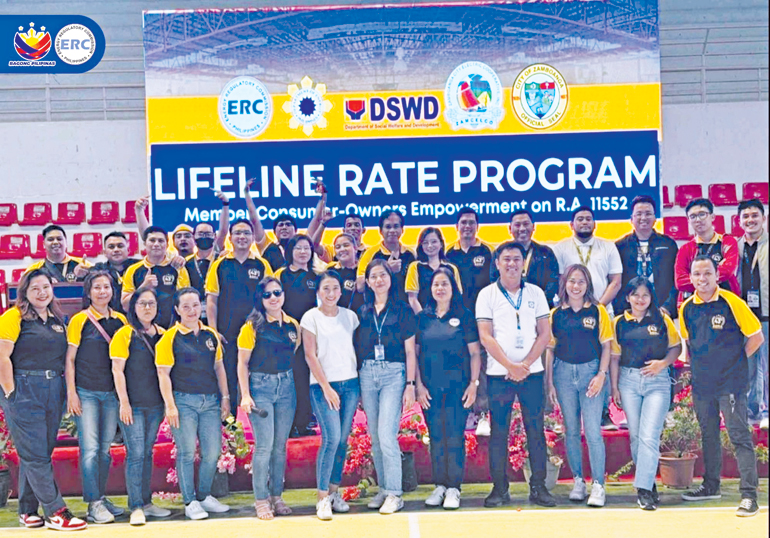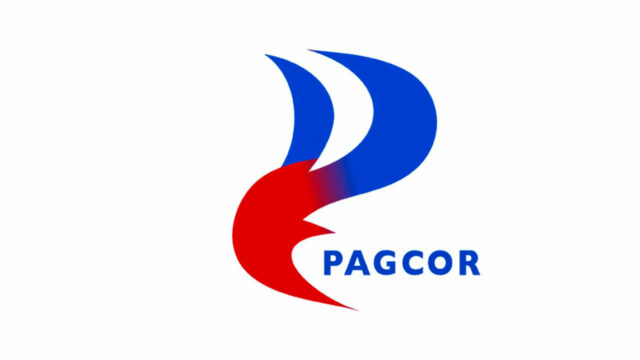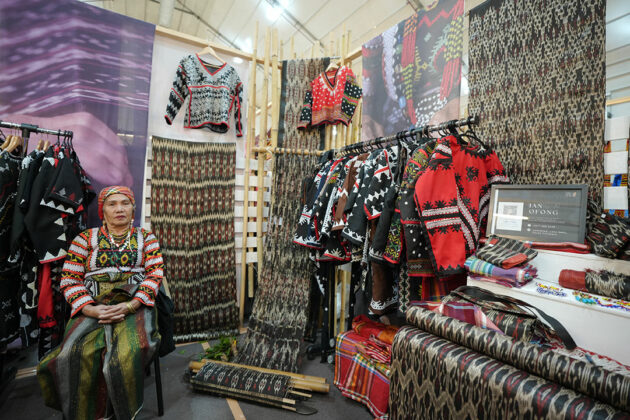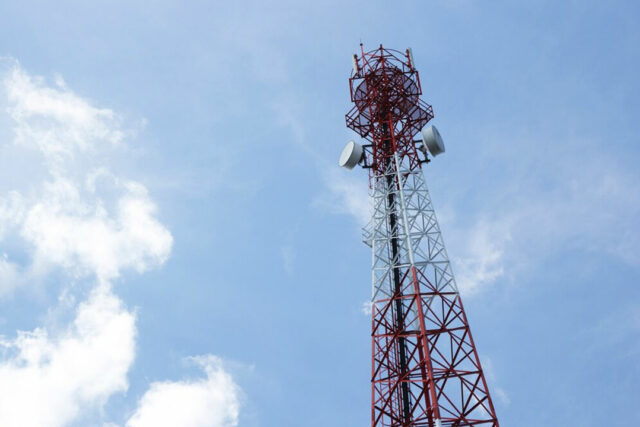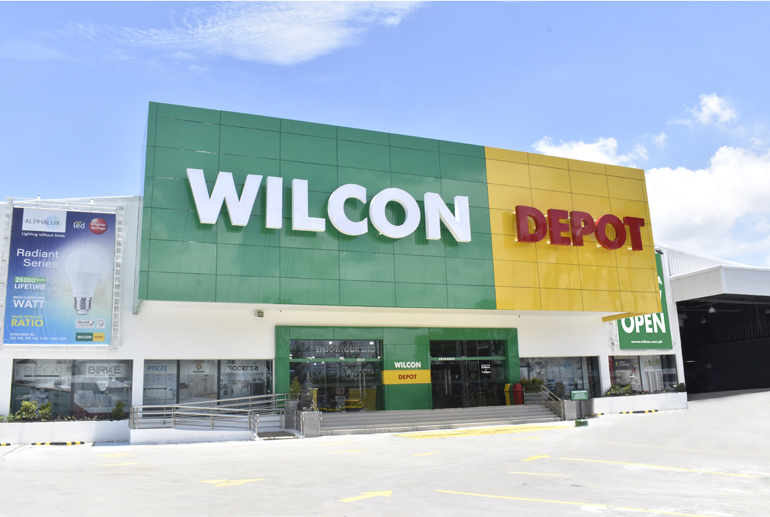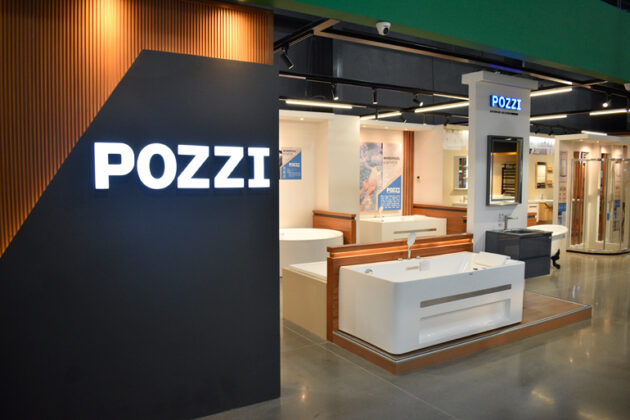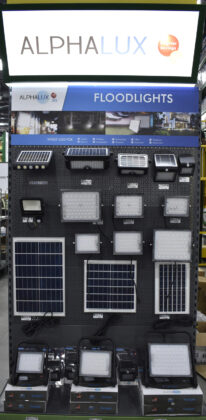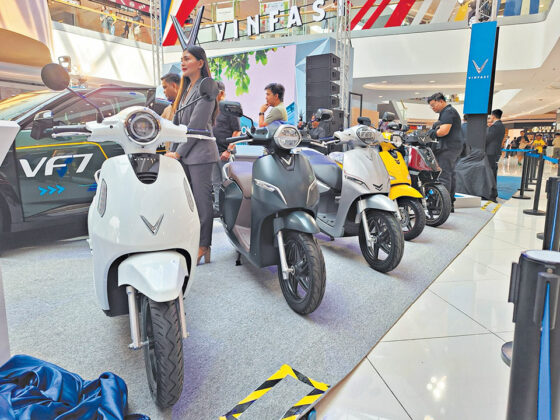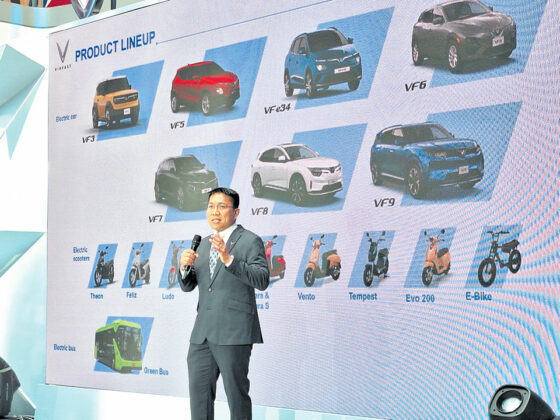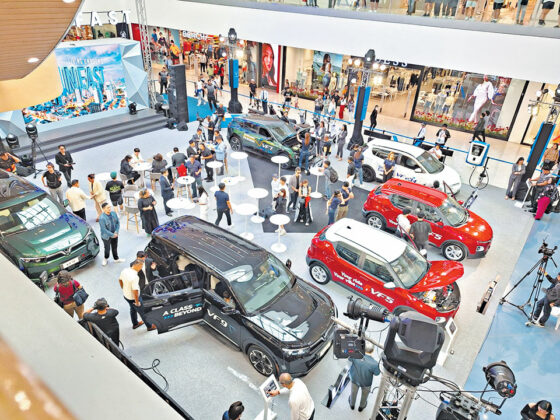Recto says Philippines still on track to achieve ‘A’ credit rating
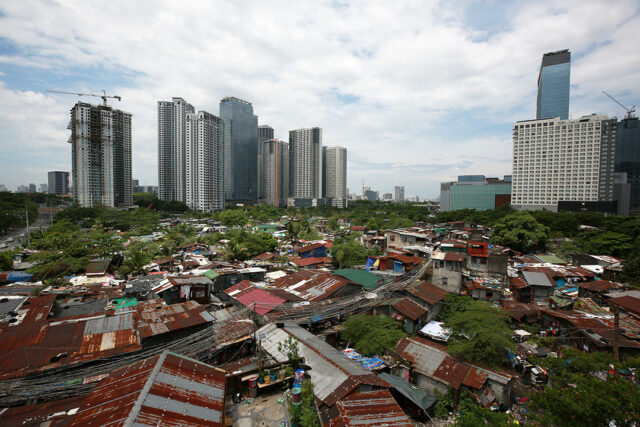
By Luisa Maria Jacinta C. Jocson, Reporter
THE PHILIPPINES is still on track to meeting its goal of achieving an “A” rating status, Finance Secretary Ralph G. Recto said.
This after Fitch Ratings affirmed the country’s long-term foreign currency issuer default rating at “BBB” and retained its “stable” outlook.
“Yes, as expected. We are on the road to an ‘A’ rating. A better credit rating will help us create more jobs and reduce poverty by 2028,” Mr. Recto told BusinessWorld in a Viber message.
In a commentary dated June 7, Fitch Ratings affirmed the Philippines’ “BBB” investment grade rating and maintained its “stable” outlook.
A “BBB” rating indicates low default risk and reflects the economy’s adequate capacity to pay debt. Meanwhile, a “stable outlook” means it is likely to be maintained rather than lowered or upgraded over the next 18-24 months.
Fitch cited the Philippines’ “strong medium-term growth, which supports a gradual reduction in government debt/gross domestic product (GDP) over the medium term and the large size of the economy relative to ‘BBB’ peers.”
“The rating is constrained by low GDP per head, despite an upward trend. Governance standards are weaker than at ‘BBB’ peers, though Fitch believes World Bank Governance Indicator scores somewhat overstate this,” it added.
The Philippine economy grew by 5.7% in the first quarter, better than the 5.5% in the previous quarter.
The government is targeting 6-7% growth this year, although Fitch expects Philippine GDP growth to average 5.8% this year.
“We forecast real GDP growth of above 6% over the medium term, considerably stronger than the ‘BBB’ median of 3%, supported by large investments in infrastructure and reforms to foster trade and investment, including public-private partnerships (PPPs).”
Meanwhile, Fitch noted the government’s latest revisions in its fiscal consolidation targets, which “scaled back” both revenue and expenditure programs.
“We believe there is some risk of further fiscal slippage, given the government’s continued focus on economic growth and the approach of midterm elections in May 2025,” the credit rater said.
Fitch also expects inflation to average 3.8% this year, within the 2-4% target band but above the central bank’s 3.5% full-year forecast.
In a separate statement, Budget Secretary Amenah F. Pangandaman said that Fitch’s assessment of strong growth prospects in the country is a welcome development.
“We hope to sustain our momentum for growth and keep our lead as one of the fastest-growing economies in Southeast Asia,” she said.
Meanwhile, Rizal Commercial Banking Corp. Chief Economist Michael L. Ricafort noted that the debt watcher has maintained its rating even during the pandemic.
“These reflect the Philippines’ improved economic and credit fundamentals, as well as improvements in fiscal performance in recent years that could help attract a bigger roster of international investments and international credit at much lower cost and with better terms into the country,” he said in a Viber message.
Mr. Ricafort said Fitch’s latest credit rating shows signs of the country’s resilience and improved investor confidence.
This was also reflected by the narrower credit risk premium in the Philippines’ latest global bond issuance, he added.
The Philippine government raised $2 billion from its dual-tranche issuance of dollar bonds in May.
The Finance department earlier said it was able to secure funding at very cheap rates due to the country’s “exceptional performance beyond its current credit rating.”
On the other hand, Leonardo A. Lanzona, an economics professor at the Ateneo de Manila University, said that the latest rating action is “nothing to crow about.”
“While it meets the minimum grade for almost all forms of investment agencies, it indicates a certain elevated level of risks. In this period of great uncertainty and greater protectionism, this rating does not provide any advantage for countries competing for greater investment, especially in the Southeast Asian region,” he said in an e-mail.
“The grade only reflects a financial good standing but has no complimentary regard for its real sector where growth should now emanate. Without a strong and stable real sector, even this financial status is bound to weaken,” he added.
Mr. Lanzona also said that the country is unlikely to achieve an “A” rating unless there is “comprehensive industrial reform and structural transformation.”
The government is targeting to achieve an “A” level rating by 2028 or the end of the Marcos administration.
In 2019, the Finance department and Bangko Sentral ng Pilipinas organized an interagency committee for the “Road to A Credit Rating Agenda.”
Apart from Fitch’s latest rating action, the Philippines currently holds investment grade ratings of “Baa2” with Moody’s Ratings and “BBB+” with S&P Global Ratings. Both have also assigned a “stable” outlook to their ratings.








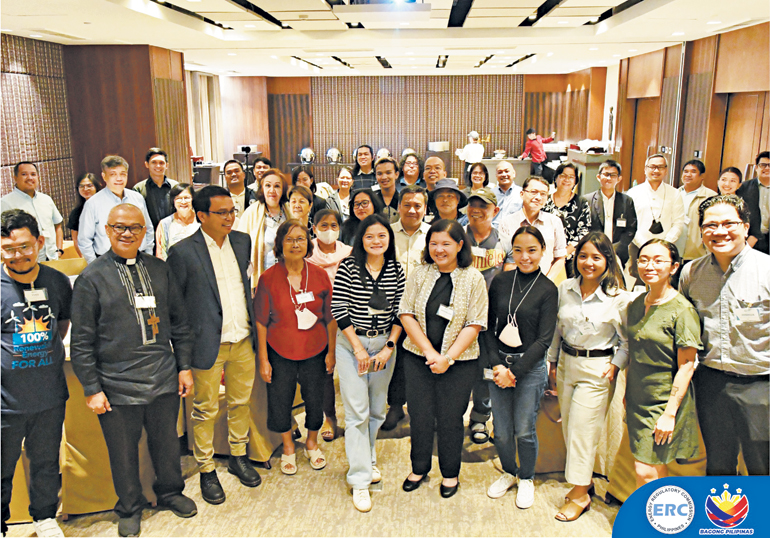
 Meanwhile, the ERC has launched the full implementation of the Lifeline Rate Subsidy Program last January, aimed at providing significant discounts on electricity bills for qualified low-income households.
Meanwhile, the ERC has launched the full implementation of the Lifeline Rate Subsidy Program last January, aimed at providing significant discounts on electricity bills for qualified low-income households.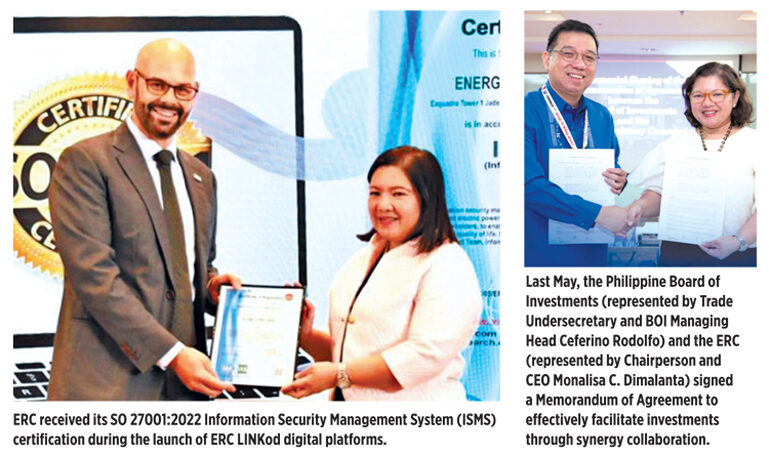 In addition, the ERC and the Board of Investments have joined forces to address issues in the electric power industry, aiming to attract more investments in the Philippines.
In addition, the ERC and the Board of Investments have joined forces to address issues in the electric power industry, aiming to attract more investments in the Philippines.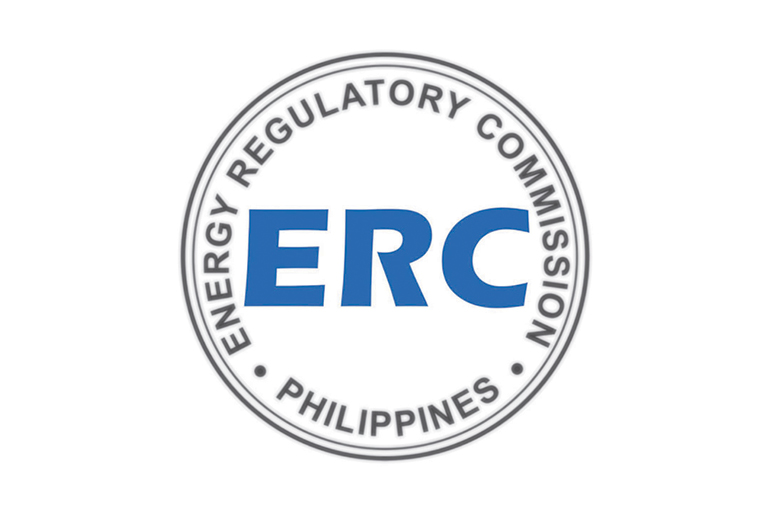 The chairperson emphasized the importance of the commission’s independence, credibility and fairness in its regulatory decisions. Hence, the ERC will continue to engage with stakeholders and implement programs aimed at promoting transparency, accountability, and public participation in the energy sector. — Mhicole A. Moral
The chairperson emphasized the importance of the commission’s independence, credibility and fairness in its regulatory decisions. Hence, the ERC will continue to engage with stakeholders and implement programs aimed at promoting transparency, accountability, and public participation in the energy sector. — Mhicole A. Moral